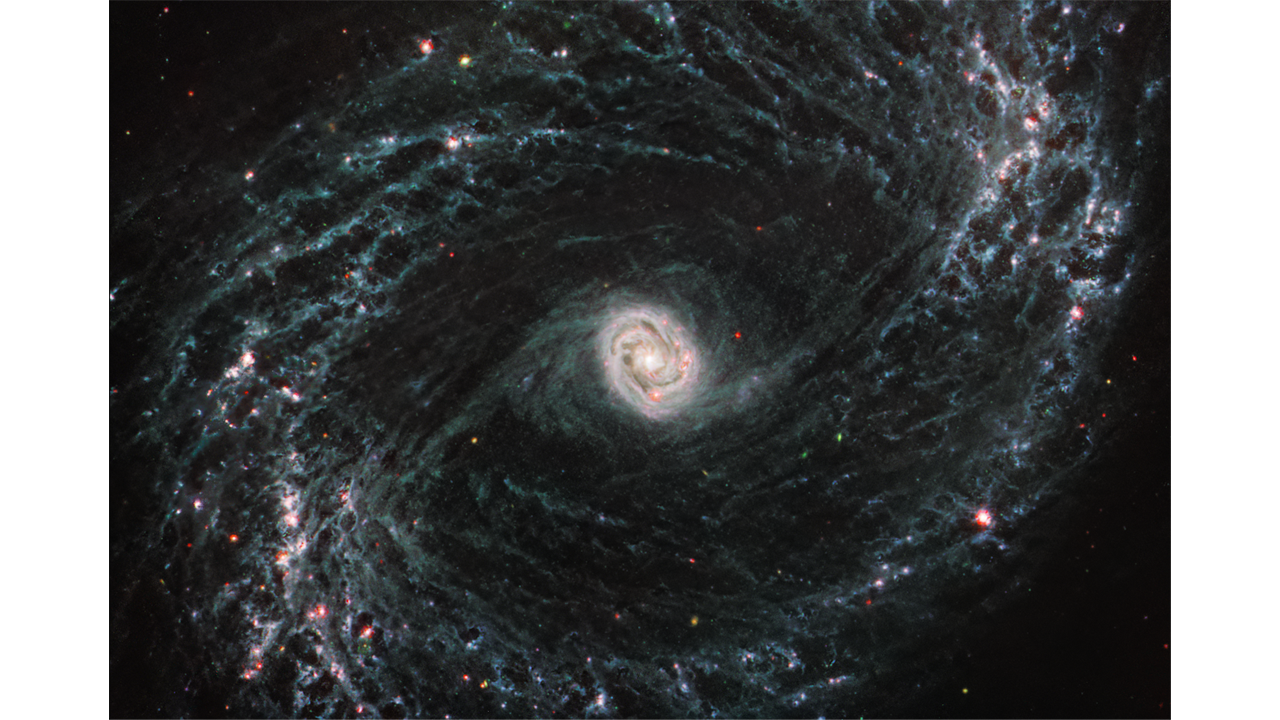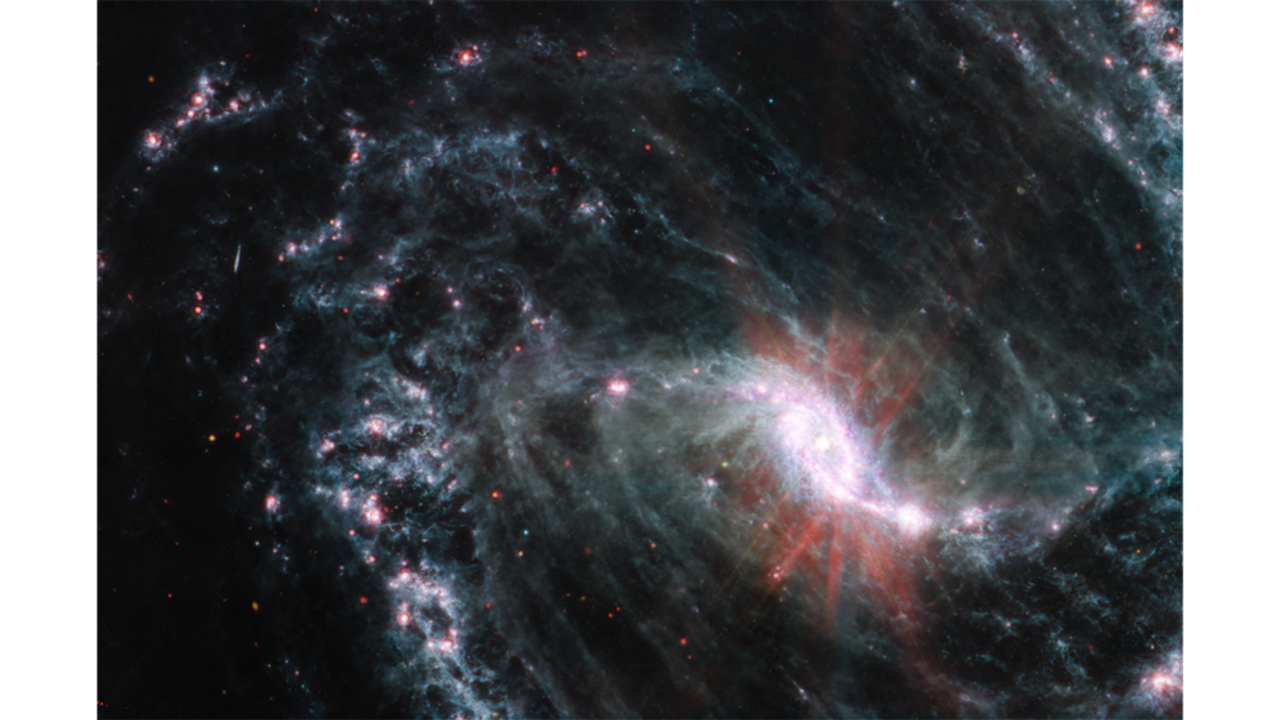James Webb Space Telescope shows scientists stunning birth of stars
“Unprecedented.”
That’s the word scientists are using to describe new, clear James Webb Space Telescope images of star formation that pierce the clouds of gas and dust blocking earlier telescopes from seeing the process.
Researchers say they’re now getting new insight into “highly structured” features of galaxies that give birth to stars. One of the most exciting findings is images of “overlapping shells and bubbles where young stars are releasing energy,” NASA said in a statement.
Twenty-one scientific research papers have already been written about “how some of the smallest-scale processes in our universe – the beginnings of star formation – impact the evolution of the largest objects in our cosmos: galaxies,” NASA said.
Clumps of dust and gas in the interstellar medium have absorbed the light from forming stars and emitted it back out in the infrared, lighting up an intricate network of cavernous bubbles and filamentary shells influenced by young stars releasing energy into the galaxy’s spiral arms.
“Areas which are completely dark in Hubble (Space Telescope) imaging light up in exquisite detail in these new infrared images, allowing us to study how the dust in the interstellar medium has absorbed the light from forming stars and emitted it back out in the infrared, illuminating and intricate network of gas and dust,” said team member Karin Sandstrom of the University of California, San Diego.
“We are directly seeing how the energy from the formation of young stars affects the gas around them, and it’s just remarkable,” said team member Erik Rosolowsky of the University of Alberta, Canada.

New imagery from NASA’s James Webb Space Telescope is giving scientists their first look at high resolution into the fine structure of nearby galaxies and how that’s impacted by the formation of young stars. NGC 1433 is a barred spiral galaxy with a particularly bright core surrounded by double star forming rings. For the first time, in Webb’s infrared images, scientists can see cavernous bubbles of gas where forming stars have released energy into their surrounding environment.
“The clarity with which we are seeing the fine structure certainly caught us by surprise,” said research team member David Thilker of Johns Hopkins University in Baltimore, Maryland.
NASA said this kind “high-resolution imaging needed to study these structures has long evaded astronomers – until Webb came into the picture.”
NASA’s Marshall Space Flight Center in Huntsville, Ala., had key roles in Webb’s creation including cold testing those mirrors that collect the light from galaxies and stars and reflect it to Webb’s cameras. The kite-shaped sunscreens that protect the telescope from the Sun’s heat were also made in Huntsville.
